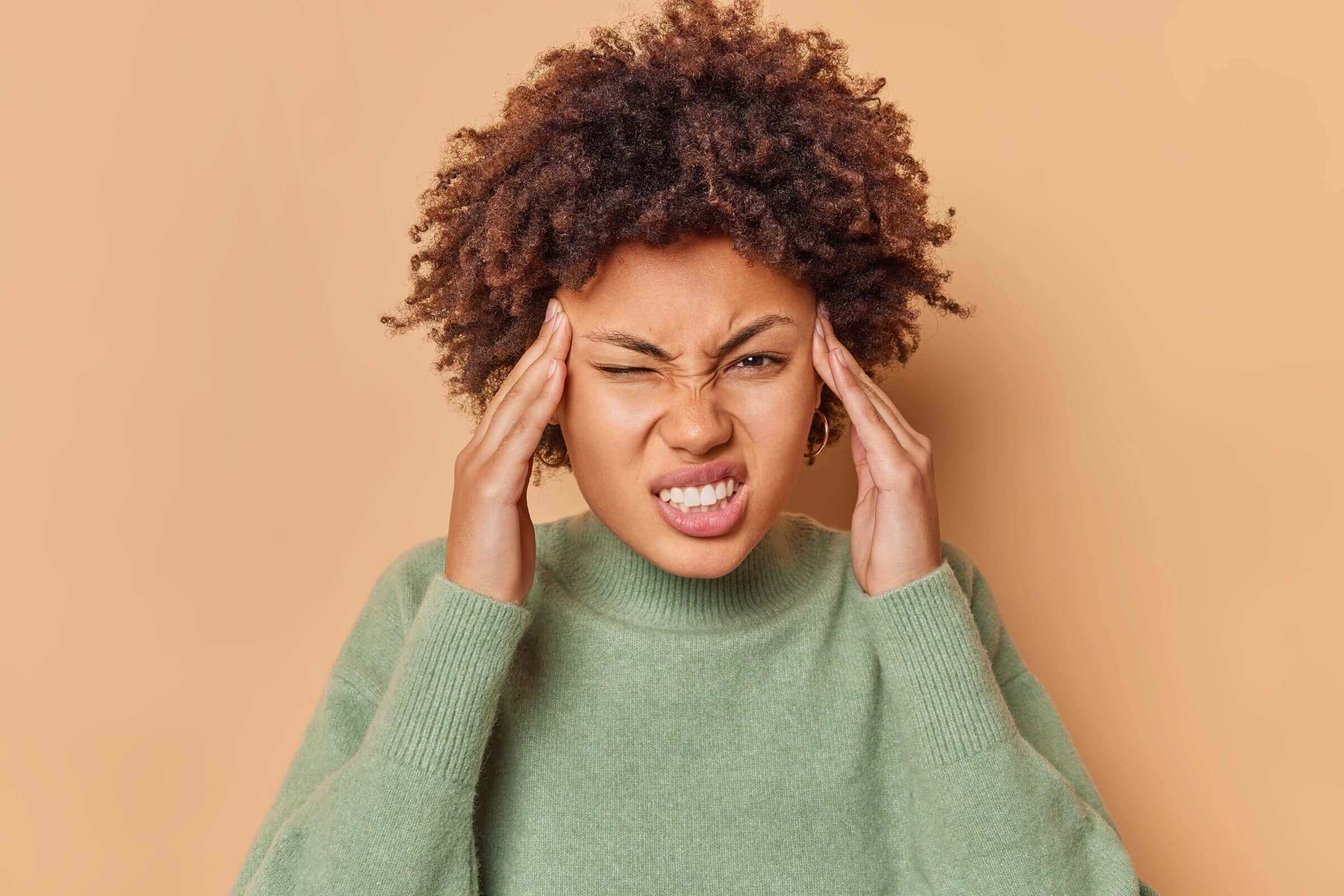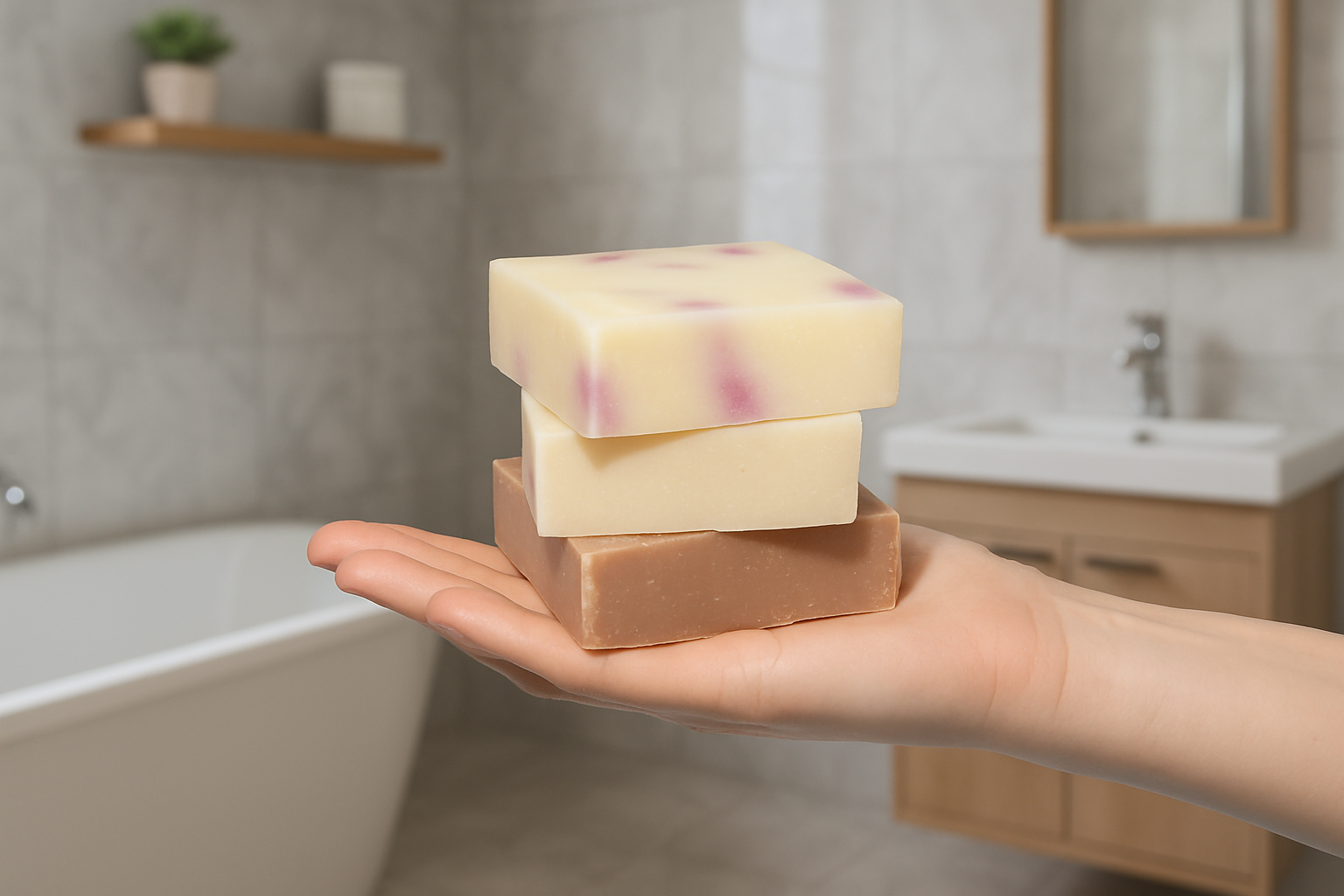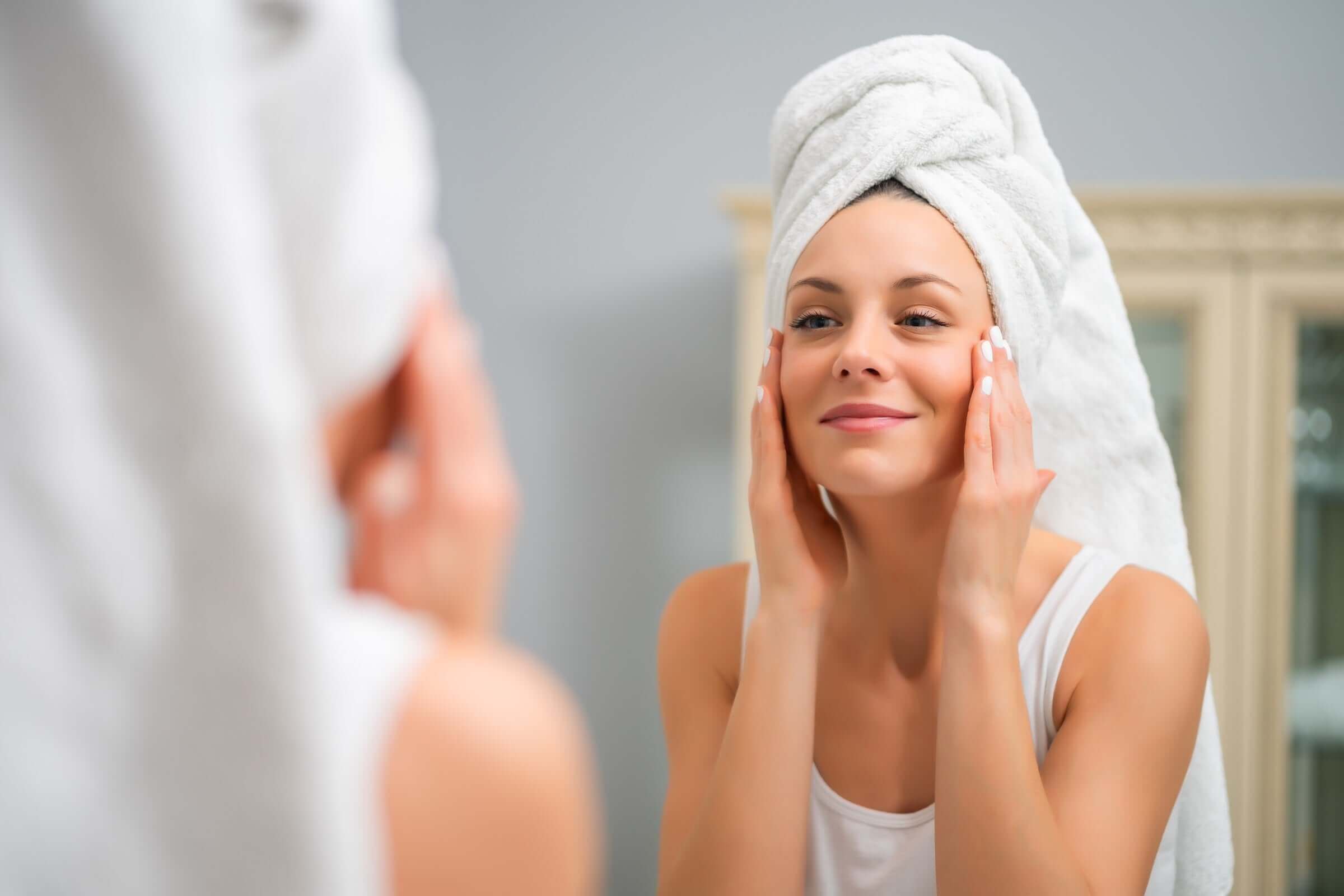Migraine or Headache? How to Tell the Difference

Do you feel like there's a drumline practicing inside your head? It makes focusing on anything—work, chores, driving, or even just standing still—feel like a Herculean feat!
Headaches can vary widely in their severity, duration, and intensity. However, not all headaches are alike. Migraines, in particular, are a distinct and often more debilitating type of headache.
Before dismissing your pain as just another headache, take the time to understand the differences between headaches and migraines. Recognizing the differences between migraines and headaches can guide you to the relief you’ve been searching for.
How can I tell a headache and migraine apart?
The quickest way to determine if you have a headache or a migraine is to assess your ability to continue daily activities. If you can go for a leisurely drive, browse on your smartphone, or engage in a debate with your partner, then it’s likely not a migraine. Migraines are typically much more painful and debilitating, often impacting a person’s ability to function.
What is a Headache?
A headache is a pain or discomfort in the head, scalp, or neck. They can be categorized into several types, including tension headaches, cluster headaches, and sinus headaches.
- Tension Headaches: These are the most common type, characterized by a dull, aching sensation all over the head. They often result from stress, anxiety, or muscle strain.
- Cluster Headaches: These are severe, recurrent headaches that occur in clusters or groups. They are typically unilateral (affecting one side of the head) and are accompanied by symptoms like watery eyes and nasal congestion.
- Sinus Headaches: Caused by inflammation in the sinuses, these headaches are often associated with sinus infections and come with facial pain and pressure.
Common Symptoms of Headaches
- Dull, aching head pain
- Pressure or tightness across the forehead or on the sides and back of the head
- Tenderness in the scalp, neck, and shoulder muscles
- Sensitivity to light and noise
Natural Relief Methods for Headaches
1. Hydration
Dehydration is a common trigger for headaches. Drinking plenty of water throughout the day can help prevent dehydration-induced headaches. Aim for at least eight 8-ounce glasses of water a day.
2. Herbal Teas
Certain herbal teas like peppermint, chamomile, and ginger can provide relief from headache symptoms. Peppermint tea, in particular, has muscle-relaxing properties that can help ease tension headaches.
3. Essential Oils
Applying essential oils such as peppermint, lavender, or eucalyptus to the temples and forehead can provide quick relief from headache pain. These oils have soothing properties that help relax the muscles and alleviate pain.
Pure peppermint roll-on products, like Tub Therapy's Mrs. Fixit CBD Peppermint Roll On, offer targeted relief for headaches. Peppermint has natural analgesic properties that can soothe headache pain when applied to the temples, forehead, and neck. The cooling sensation of peppermint can also help alleviate tension and promote relaxation.
Simply apply the roll-on to the temples, forehead, and neck at the first sign of headache or migraine symptoms. The combination of CBD and peppermint oil will work together to provide fast and effective relief.

4. Massage
A gentle massage on the head, neck, and shoulders can reduce muscle tension and improve circulation, which can help alleviate headache pain. You can also use a few drops of essential oil during the massage for added relief.
5. Acupressure
Acupressure involves applying pressure to specific points on the body to relieve pain. For headaches, applying pressure to the space between the thumb and index finger (known as the LI-4 point) for several minutes can help reduce symptoms.
What is a Migraine?
A migraine is a neurological condition characterized by intense, throbbing pain on one side of the head, though it can occur on both sides. Migraines are often accompanied by other symptoms such as nausea, vomiting, and sensitivity to light and sound. They can last from a few hours to several days and significantly impact daily life.
Phases of Migraine
Migraines typically progress through four stages, though not everyone experiences all stages:
1. Prodrome: Subtle changes one or two days before a migraine, such as constipation, mood changes, food cravings, neck stiffness, increased thirst and urination, and frequent yawning.
2. Aura: Visual disturbances, such as flashes of light or blind spots, and other disturbances like tingling on one side of the face or in an arm or leg.
3. Attack: The actual migraine, with throbbing pain, usually on one side of the head. It may be accompanied by nausea, vomiting, and sensitivity to light, sound, and sometimes smell and touch.
4. Postdrome: After the migraine attack, a person might feel drained, confused, and washed out for up to a day.
Common Symptoms of Migraines
- Severe, throbbing pain on one or both sides of the head
- Nausea and vomiting
- Sensitivity to light, sound, and sometimes smell and touch
- Blurred vision
- Lightheadedness, sometimes followed by fainting
Natural Relief Methods for Migraines
1. Magnesium Supplements
Magnesium deficiency is linked to migraines. Taking magnesium supplements can help prevent migraines for some people. Foods rich in magnesium, such as spinach, almonds, and black beans, can also be beneficial.
2. Riboflavin (Vitamin B2)
Riboflavin is another supplement that can help reduce the frequency of migraines. Foods rich in riboflavin include eggs, milk, nuts, and green vegetables.
3. Ginger
Ginger has anti-inflammatory properties and can help reduce migraine symptoms. Drinking ginger tea or taking ginger supplements can be effective in managing migraines.
4. Yoga and Meditation
Stress is a major trigger for migraines. Practices such as yoga and meditation can help reduce stress levels and prevent migraines. Regular practice can improve overall well-being and reduce the frequency and severity of migraine attacks.
5. Cold Compress
Applying a cold compress or ice pack to the head or neck can help numb the pain and reduce inflammation. This method is especially useful during the onset of a migraine.
6. Peppermint Roll On
When grappling with migraines, the added discomfort of nausea can exacerbate the experience. Fortunately, peppermint roll-on can offer much-needed relief. Peppermint is known for its calming and soothing properties, which can help alleviate the queasiness often accompanying migraines.
Tub Therapy Mrs. Fixit CBD Peppermint Roll-On provides a potent combination of peppermint's natural benefits with the added soothing effects of full spectrum CBD. This roll-on offers targeted relief, conveniently applied directly to pulse points for fast-acting comfort. With its refreshing scent and holistic approach, it's a reliable ally in combating migraine-related nausea, providing a sense of relief when you need it most.
When to Seek Professional Help
It's important to note that not all head pain is caused by migraines or headaches. In some cases, severe or persistent head pain could be a symptom of a more serious underlying condition, such as a brain tumor, aneurysm, or infection.
If you experience head pain that is unlike any headache or migraine you've had before, or if your symptoms are accompanied by neurological changes such as confusion, slurred speech, weakness, or loss of consciousness, it's crucial to seek immediate medical attention.
Additionally, if your headaches or migraines significantly impact your daily life, work, or relationships, consulting a healthcare professional is recommended. They can provide a proper diagnosis, rule out any serious conditions, and recommend appropriate treatment options tailored to your individual needs. Never hesitate to seek professional help if you have concerns about your head pain or overall health.



